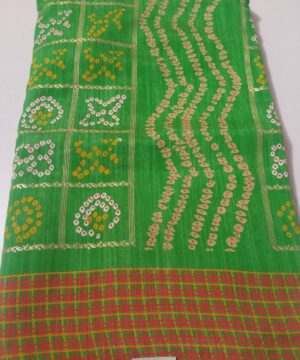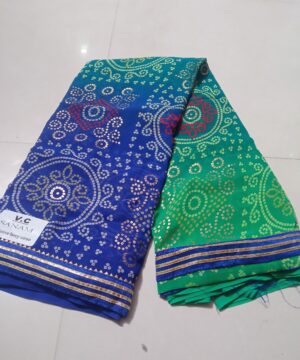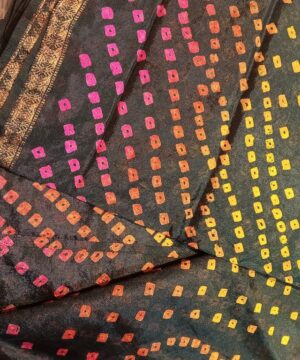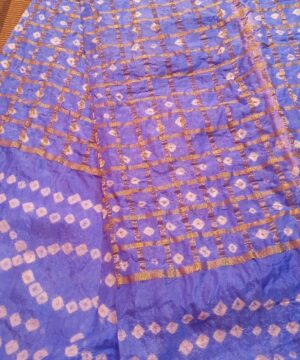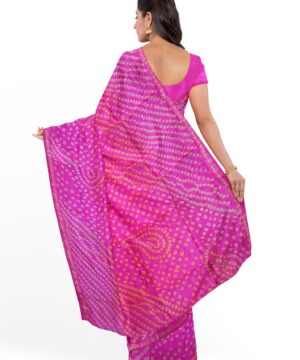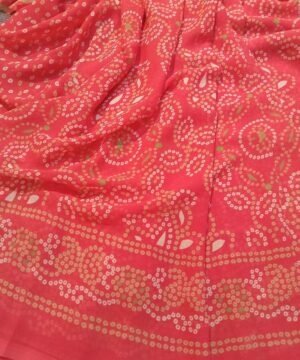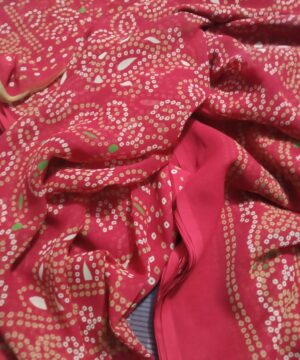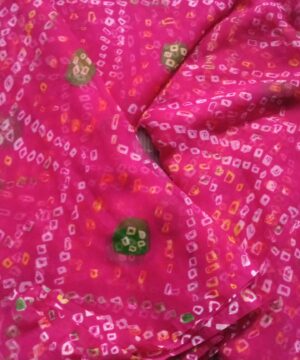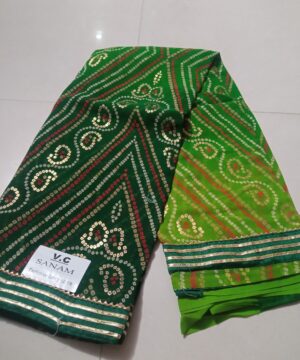Fashion & Style, Uncategorized
Regional Variations of Sarees in India
India is a land of diverse cultures, traditions, and languages, and the same can be seen in its clothing too. Saree is one such traditional attire that varies greatly across the different Indian regions. Saree is a versatile garment that can be draped in numerous styles and is made of different fabrics. Each region in India has its unique style of saree, and thus, we will explore some of the regional variations of sarees in India. Take a look and experiment with a regional saree on your next occasion.
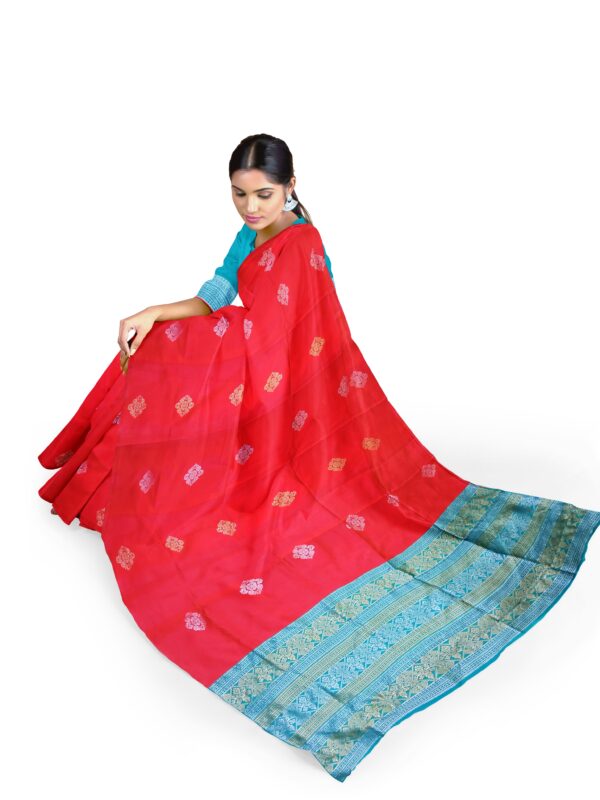
- Patola Saree: Patola sarees are a traditional style of saree from the state of Gujarat. These sarees are made of silk and are known for their intricate weaving technique. Patola sarees often have bright colors and geometric designs and are worn on special occasions such as weddings and festivals.
- Kanjeevaram Saree: Kanjeevaram sarees are a traditional style of saree from the state of Tamil Nadu. These sarees are made of pure silk and are known for their vibrant colors, intricate zari work, and temple border designs. As a result, kanjeevaram sarees are often worn by brides on their wedding day.
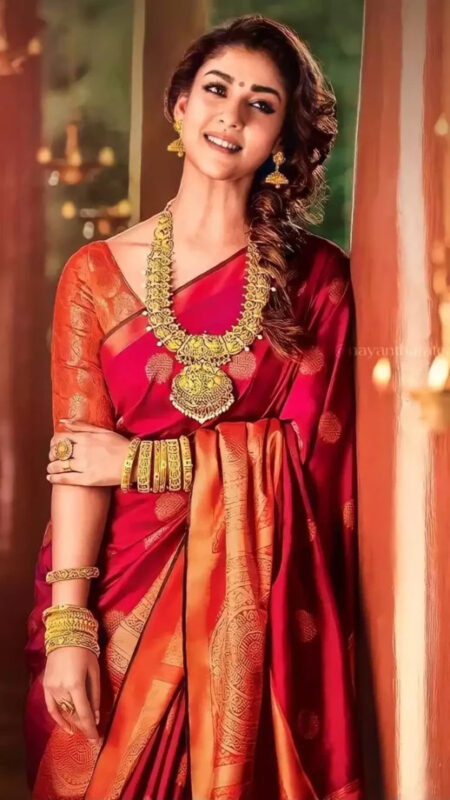
- Banarasi Saree: Banarasi sarees are a popular style of saree from the city of Varanasi in Uttar Pradesh. These sarees are known for their intricate zari work, gold and silver embroidery, and opulent designs. Banarasi sarees are typically made of silk and are worn on special occasions such as weddings and festivals.
- Bandhani Saree: Bandhani sarees are a popular style of saree from Rajasthan. These sarees are known for their tie-dye technique, where the fabric is tied and dyed to create intricate patterns. Bandhani sarees are often made of silk and cotton and so are worn on festive occasions.
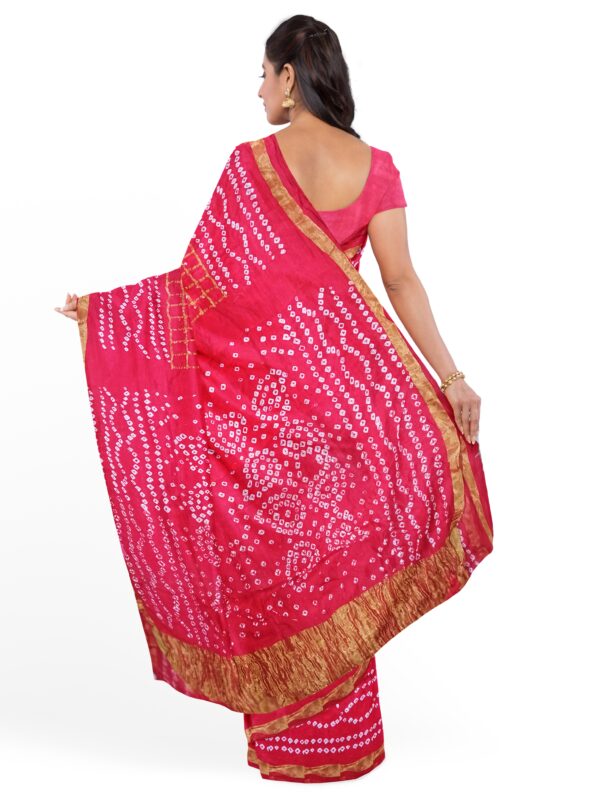
- Chanderi Saree: Chanderi sarees are a popular style of saree from the town of Chanderi in Madhya Pradesh. These sarees are known for their lightweight texture, softness, and transparency. Chanderi sarees are also often made of silk and cotton and are adorned with floral and geometric designs.
- Baluchari Saree: Baluchari sarees are a traditional style of saree from West Bengal. These sarees are made of silk and known for their intricate designs and patterns. Baluchari sarees often depict mythological scenes and are worn on special occasions such as weddings and religious ceremonies.
In a nutshell, India’s diverse cultural heritage is reflected in its traditional clothing, especially the saree. Every region in India has its unique style of saree, with its distinct weaving technique, fabric, and design. Wearing a regional saree not only showcases the cultural diversity of India but also adds a unique touch to one’s fashion statement. So, the next time you’re looking to buy a partywear saree, don’t forget to explore the regional variations and choose the one that resonates with you the most!
-
Product on sale
 Printed Bandhani Green Saree In Silk₹1,099.00
Printed Bandhani Green Saree In Silk₹1,099.00 -
Product on sale
 Bandhani Printed Chiffon Saree In Light Green Color₹1,099.00
Bandhani Printed Chiffon Saree In Light Green Color₹1,099.00 -
Product on sale
 Bottle Green Bandhani Saree With Zari₹999.00
Bottle Green Bandhani Saree With Zari₹999.00 -
Product on sale
 Purple Bandhni Saree With Zari Work₹1,150.00
Purple Bandhni Saree With Zari Work₹1,150.00 -
Product on sale
 Pink Printed Bandhani Saree₹1,299.00
Pink Printed Bandhani Saree₹1,299.00 -
Product on sale
 Printed Bandhani Saree in Peach Color₹499.00
Printed Bandhani Saree in Peach Color₹499.00 -
Product on sale
 Red Printed Bandhani Saree₹499.00
Red Printed Bandhani Saree₹499.00 -
Product on sale
 Rani Chiffon Saree With Self Print₹999.00
Rani Chiffon Saree With Self Print₹999.00 -
Product on sale
 Bandhani Green Saree In Chiffon₹1,099.00
Bandhani Green Saree In Chiffon₹1,099.00

